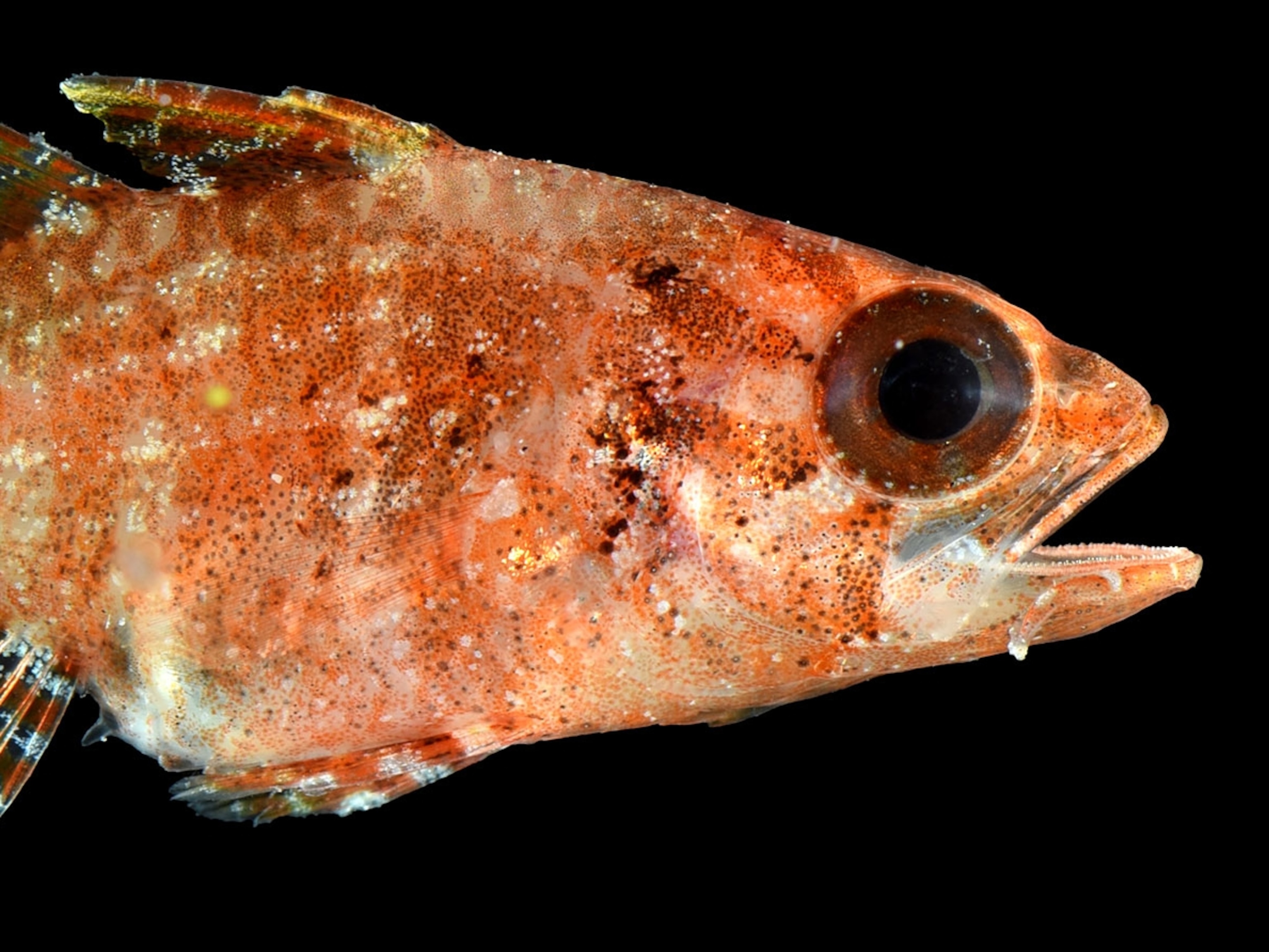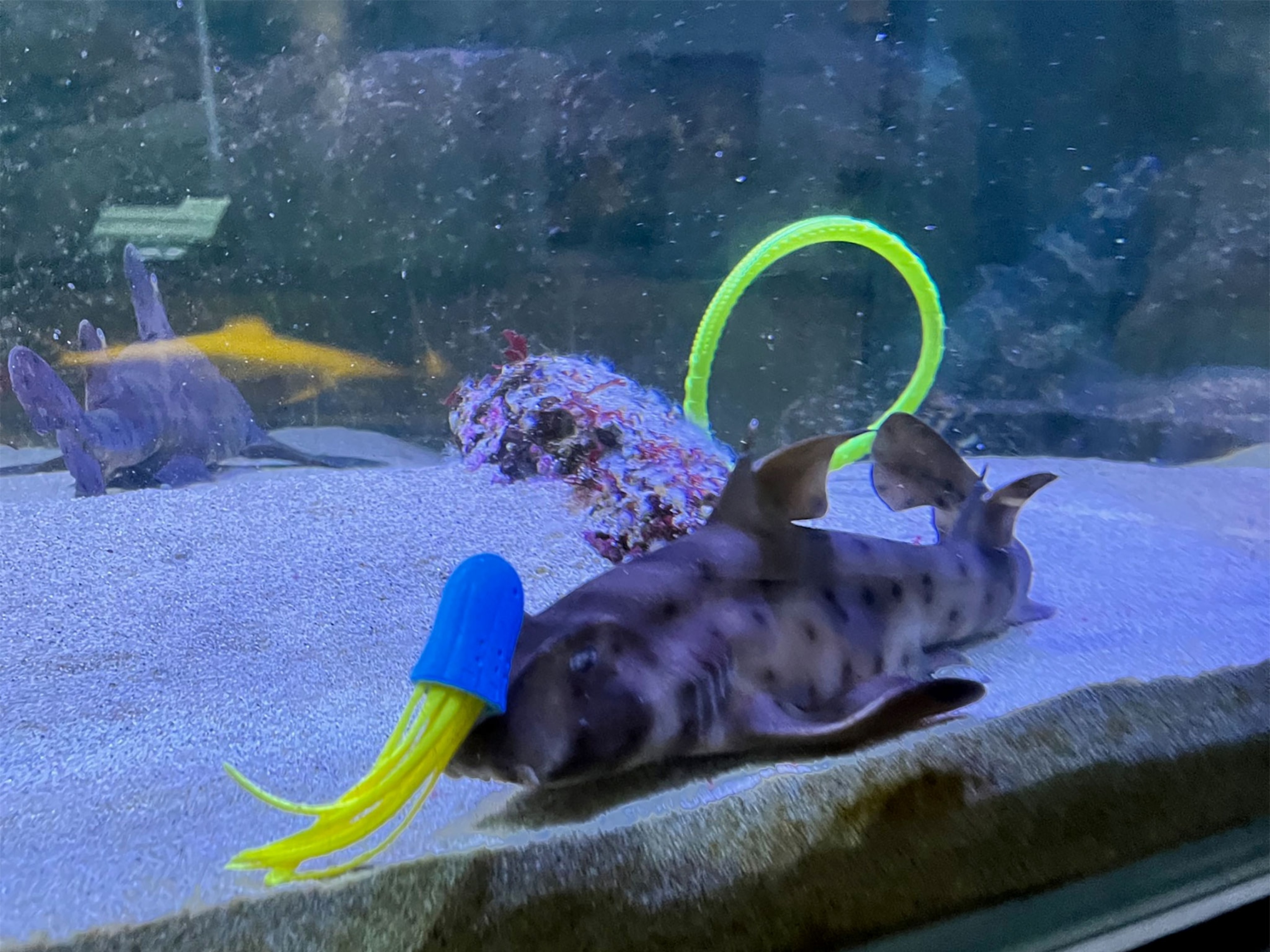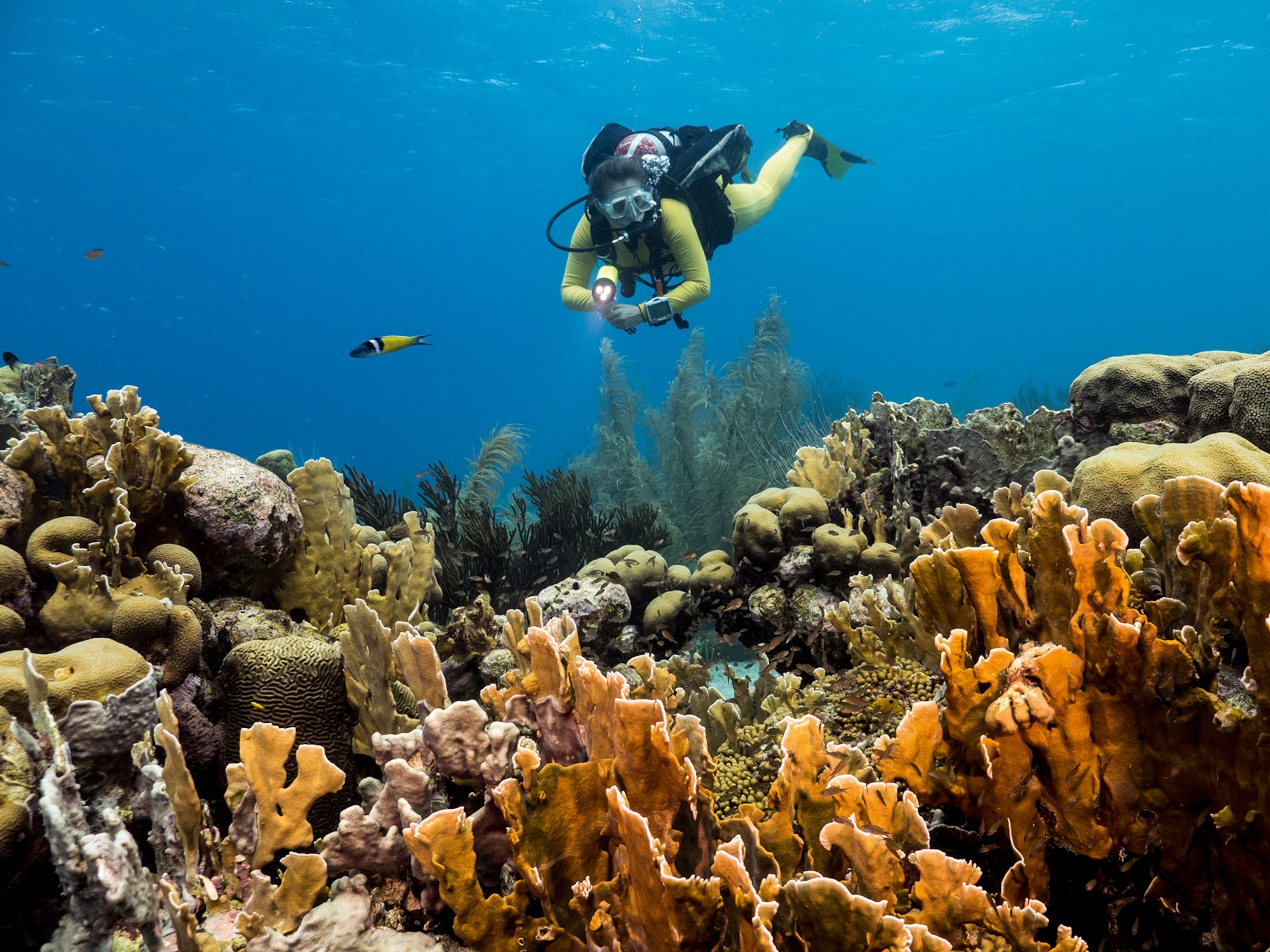Mysterious 'Sea Serpent' Oarfish Resurfaces
Pictures of an oarfish washed ashore in the Philippines remind us how little we know about this elusive creature.
In another instance of a rare and poorly understood phenomenon, several beachgoers pulled a deceased oarfish from the sea in Carmen, Agusan Del Norte, Philippines on Wednesday, after fishermen had caught one off the same coast just days before.
Giant oarfish (Regalecus glesne) crop up occasionally in temperate and tropical shallows around the world, usually two or three within a short period of time. Although very little is known about why this happens, some scientists have suggested that the deep-dwelling species—which usually makes its home in the mesopelagic zone 200 to 1,000 meters below the surface—is sometimes pushed upwards onto the continental shelf by strong currents.
“Whatever the oceanographic phenomena are that push these animals on shore, they’re probably on a large enough scale to affect more than one oarfish,” says Mark Benfield, an oceanographer and ecologist at Louisiana State University.
Once in shallower waters, the oarfish are less likely to find the small crustaceans and other invertebrates, like krill, on which they feed—but more likely to suffer fatal damage from buffeting wind and waves. Unsurprisingly, all oarfish sighted near land are dying or already dead, at which point their vibrant purple, blue, and red coloration quickly disappears, according to Karla Heidelberg, a marine biologist at the University of Southern California.
The recent sightings in the Philippines bring little new information about this species, but they do reinforce the oarfish’s connection to myth. Historically known in Japan as the “Messenger from the Sea God’s Palace” and a herald of earthquakes, the oarfish seems to strand in shallow waters shortly before a seismic event. In fact, six oarfish—including the one from Agusan del Norte—were sighted in the days before and after a 6.7-magnitude earthquake killed eight people and injured 200 others in Surigao City, Philippines, prompting a flurry of social media discussion about the species’ apparent portents.
Not so fast, says Benfield. “It's hard to imagine what sort of phenomenon would occur before an earthquake that would cause these oarfish to leave the [mesopelagic zone] to move towards shore and strand.” Claims that deep-sea seismic activity cause the fish to flee hold little water: oarfish don’t live near the ocean floor where such activity takes place, and if such a theory were true, the oarfish wouldn’t be the only species sighted before an earthquake.
The absence of an ironclad explanation only serves as a reminder of just how little is known about this unique animal.
First sighted in 1772, oarfish are the world’s longest bony fish, reaching as much as 30 feet in length. Though not a reptile, the elongated fish is thought to be the inspiration for legends of sea serpents found around the world. For a species about which so little is known, it goes by an ironic abundance of names: in Palau, it’s called the rooster fish for the spiny red fins bristling from its head, and its silvery sheen has led others to call it the “king of the herring.”
But because oarfish normally live at a depth which humans still struggle to explore, very little research has been done on them. Specimens are few and far between—in addition to the sightings’ rarity, fishermen who haul up oarfish as unwanted bycatch usually throw them back, unable to sell the “flabby, gooey” meat at market. And when specimens are collected, there’s usually little information gleaned: dead specimens yield scant information in comparison to observing live animals in their natural habitat.
“One of the best ways to learn more about oarfish,” says Heidelberg, “is using submersibles that allow us to potentially capture video of more natural behaviors.”
That’s where ROVs come in. These remotely operated vehicles have occasionally scored rare and fascinating glimpses of oarfish in the deep sea, including this 2011 video Benfield captured in the Gulf of Mexico which shows that oarfish actually situate themselves vertically, like “long knives in the water.”
“Their upward posture might be a feeding strategy,” suggests Benfield, “because by looking up they'll silhouette their prey against the down-welling light, and also minimize their cross section to any predators that might be looking for them.”
The North American academic community can only supply about 12 ROVs capable of standing up to the pressure and darkness of the mesopelagic zone. The SERPENT project, a global initiative whose Gulf of Mexico branch Benfield spearheads, allows researchers to take advantage of the oil and gas industry’s hundreds-strong fleet of high-tech ROVs in their attempts to learn more about the “twilight zone” and its inhabitants.
“I don’t think oarfish are that uncommon,” Benfield says. “I just don't think we spend that much time looking for them. We don't have enough eyes in the ocean." (See amazing undersea pictures of one of the last unexplored places on Earth.)
Marine biologists are eager to learn more about the oarfish and its neighbors—surprisingly, so are biomechanicists. The oarfish swims by undulating the red dorsal fins that run the not-inconsiderable length of its entire body, a unique movement that “has the potential to be used as a propulsion source for robotic vehicles, almost like a linear propeller,” says Benfield.
Yet despite recent advances, the intrigue remains. It seems we’ll have to wait for the next oarfish to ripple into view.
Follow Rachel on Instagram and Twitter.







